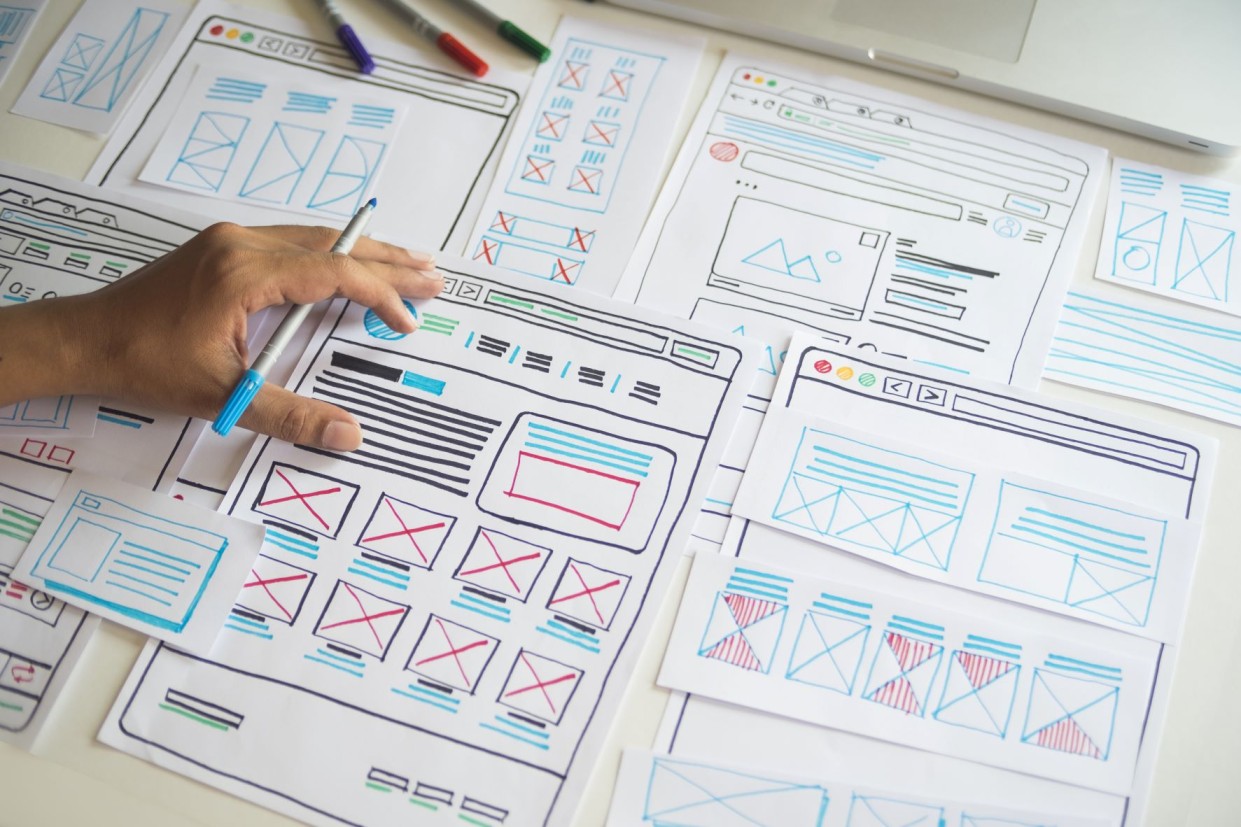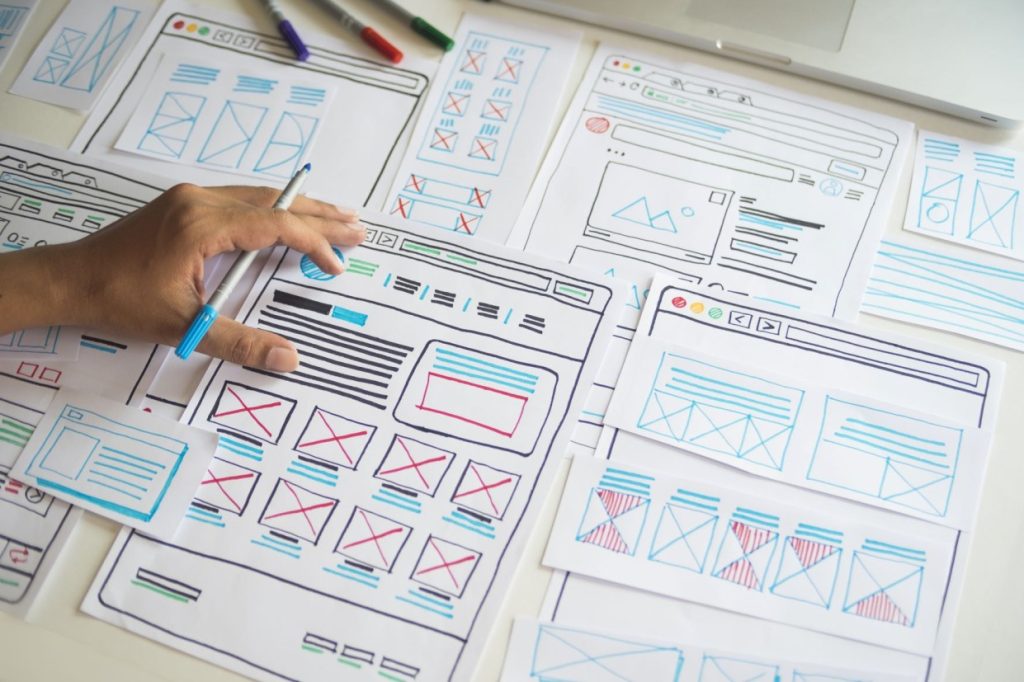When you go online and visit websites, what elements are your eyes often drawn to? Is it the colors and the graphics? The text content and the taglines? What makes you stay and what makes you bounce off?
Chances are, it all depends on what you need from the website.
And if you’re on the other end—someone who wants to build a website—these are the same factors you’ll have to consider. However, web development is not that easy. First, you need to carefully plan your web design. Remember, your website’s design will determine the user interface that can make or break your site visitors’ experience.
With these in mind, planning for a website design should be done meticulously. An effective web design is one that captures and holds the attention of its target users. But beyond that, it should also serve its purpose not only for your audience but for your business as well, whether it’s commercial or personal.
Budget and maintenance aside, here are the basic steps on how to plan an effective website design that will help your brand stand out:
1. Solidify Your Purpose With Your Target Users In Mind
Before anything else, you should first define your goals. This will give you an exact idea about what your website should contain and how it should deliver its contents. If you don’t begin with a concrete purpose, your whole project could start in the wrong direction.
When building a purpose, consider the profile of your target users. Create a user persona that can be at the center of your content. This will also help you determine your target audience’s point of view.
Here are some helpful guide questions:
- What is your website’s primary focus? Is it to sell? Inform? Or entertain?
- What’s the common profile of your target viewers?
- What will your target users want to see on your website?
- How do you want to be different (or similar) compared to your competitors?
2. Establish A Hierarchy For Web Pages And Prioritize Navigation
Websites typically consist of multiple pages, and the more pages you have, the more complicated it can get for users. This is why your menu should have a hierarchy that will make it easier for users to navigate around your website.
To get started, you can use apps or software that can help you create a website flow diagram. This will help you visualize an ideal structure for your web pages. In the process, don’t forget to take into account the typical skill level of your target users when it comes to navigation. For example, if the majority of your website users are in the general audience, your website should be simple and easy to understand with minimal effort.
Establishing a hierarchy will also make it easier for you to create a sitemap, which you’ll need to submit to search engines once your website’s finished.
3. Incorporate SEO
Optimizing your web design for search engines shouldn’t be an afterthought. Besides, who will see the design you’ve worked so hard for if your site won’t even get enough traffic and visibility?
Moreover, search engines have requirements when it comes to web architecture. If your finished website doesn’t meet these requirements, you’ll likely have to redo a significant portion of it if you want it to rank on search engines.
The best time to begin on-page SEO is as early as the web design stage. SEO is a complex field, however, and if you’ve got no background, you’ll likely need a professional to help you incorporate it into your design.

4. Reflect The Uniqueness Of Your Brand In The Aesthetics
To make your website your own, build the aesthetics around your brand’s unique qualities. Aside from making it stand out, it will also help users recognize your website easily just from the colors and layout.
And of course, you also have to make sure that your website’s aesthetics also appeal to your target users. If you’re building an informative site that aims to educate readers, sticking to a minimalist design will probably be best.
5. Use Advanced Tools
With the current advancements in web development, it’s now easier to build websites and follow design trends even when you don’t have professional-level technical skills. By using advanced tools and software and a little internet know-how, you can build a website with little to no coding.
For web design and building, some of the most popular tools today are WordPress, Squarespace, and Wix. These platforms typically involve the use of plugins and themes, where building a website is usually just a drag-and-drop process. You can also customize and enhance your website’s features by using compatible plugins that add specific functions.
But if you want further customization, you’ll need professional developers to get what you want beyond what the tools can give you.
6. Consider Accessibility And Responsiveness On All Devices And Browsers
Internet users access the web through various devices, all with different screen sizes. While web design is traditionally completed on a desktop view as the standard, don’t forget to also make the design responsive on tablets, laptops, and smartphones, where most internet users are.
In the same line, there are also different browsers from where your website may be accessed. If it’s too early to obtain sufficient data from your data analytics about the browsers your site visitors use, just include the most popular browsers in the meantime. These include Chrome, Safari, Firefox, and Edge.
Final Thoughts
An effective website design is one that clearly and positively reflects your brand while also appealing to your target audience and generating traffic on search engines. Designing your website is only the beginning, but if you make an effort to start on the right foot, the rest should be easier.
The post How To Plan An Effective Website Design















